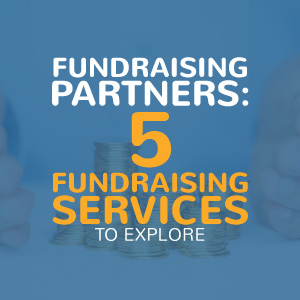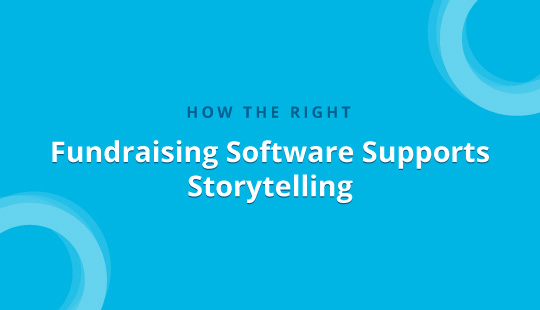Guest Post by Bill Breon
Note from Lori: I invited my colleague and friend, Bill Breon, to submit the Withism’s post this week because he has a terrific story to tell about building teams, engaging the community, and running a successful “campaign.” While his post is about his work on an issue that is still controversial for many people I believe the story of “how he did it” is worth telling. Regardless of where you stand on this issue, I hope you’ll read Bill’s story and identify the best practices that will work to help your “campaign” be successful this year.
In 2012 Minnesota voted against a constitutional amendment that would have added language prohibiting same-sex marriage into our state constitution. As a staff person for Minnesotans United (Vote NO) I was an organizer in the suburban/rural area between St. Paul and the Wisconsin border.
From the beginning Minnesotans United supported us with terrific training and leadership.
The idea was simple: encourage thousands of conversations among people and track those conversations so we could see how our campaign was doing.

We had weekly goals that started small (30 conversations a week by April) and grew increasingly daunting (nearly 1,000 weekly conversations by November). While a single person can easily complete thirty conversations a week, the mammoth summer/fall goals required a massive grassroots effort. To achieve this long-term goal, I had to ignore the short-term goal and set out to build teams. It was a risk, but it worked!
By late June we were hitting our conversation goals, and by the end of July we were doubling them. Hundreds of people volunteered their time, and hundreds more donated. On Election Day, 54.5% of the voters in our area voted no. We exceeded the campaign’s goals by almost 2000 votes.
Here’s how we did it.
Bring people together
I believed the strategy I needed to reach the early modest goals wouldn’t guarantee success later on. Instead of starting phone banks, I personally met with people individually and introduced them to their neighbors in small, town-level meetings. I sought out people who were passionate, and found many who had never volunteered on a campaign before. My goal was to form teams to help reach the goals of 1000 conversations per week.
Stay Organized
We formed two types of teams: a county-wide team and community-level teams. The county team met monthly to review how things were going across the whole area, and we met every two weeks in town teams to discuss what was going on locally. Team members worked to recruit friends, lead trainings, host fundraisers, call their neighbors, and write letters to the editor.
Set Clear Expectations
Early on we developed clear expectations and responsibilities for everyone who got involved, from sporadic volunteers to full-time interns. People knew what to expect from themselves and one another. A regular meeting structure ensured we knew when we would see each other next and encouraged us to hold each other accountable.
Build authentic relationships
We made story sharing a central part of every gathering. People found the space to share about themselves and their loved ones in a way that built trust and cemented a common vision from the start. Team members baked cookies, hosted people in their homes, and stayed after events to clean up; all the while talking, sharing, and building the community that would sustain our work through November.
It was difficult to willfully ignore my goals those first few weeks. There wasn’t any guarantee that it would be successful, but the time spent investing in people and building teams paid off more than I could have imagined.
I believe Lori invited me to tell my story because the same principles I applied to reach mammoth goals in my community organizing effort are what it takes to be successful with any campaign, political or nonprofit fundraising. Good luck with your campaign, what ever it may be!
Bill Breon is a community activist and connector. He is passionate about people, conversations, and social change. He is a vocal advocate for urban agriculture, affordable homes, public transit, and youth development. Bill lives in Saint Paul with his fiancé, Erin, and their cat, Pio.






